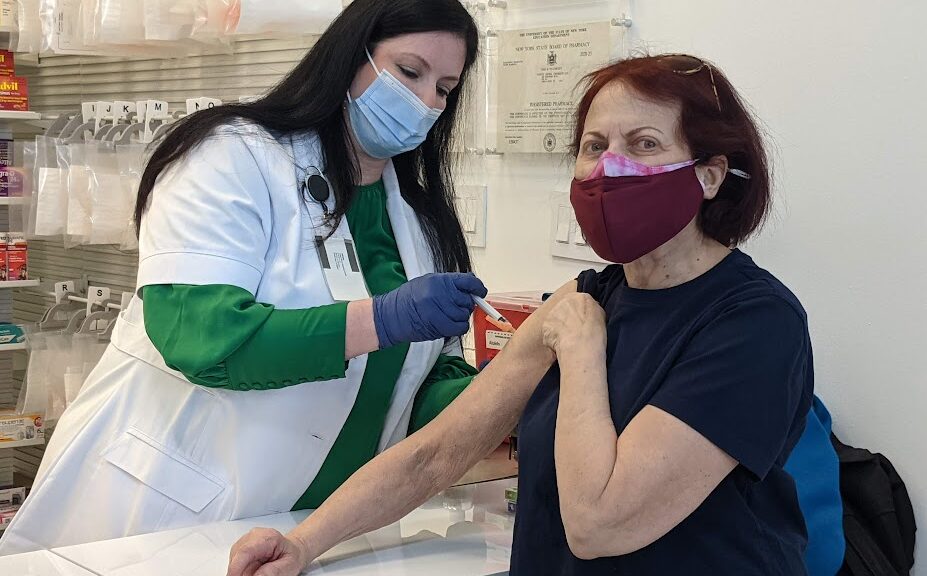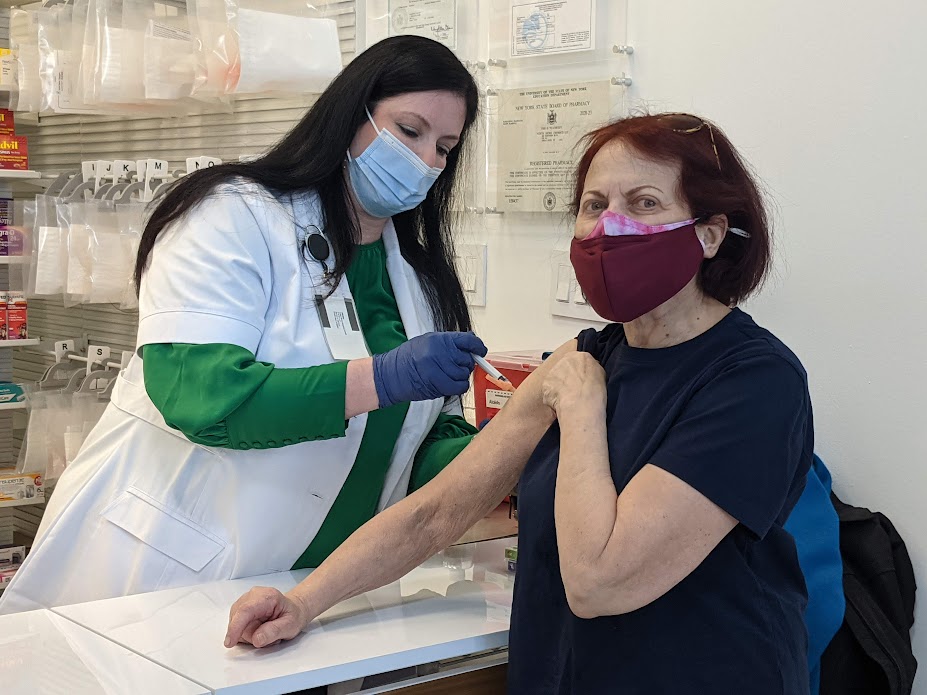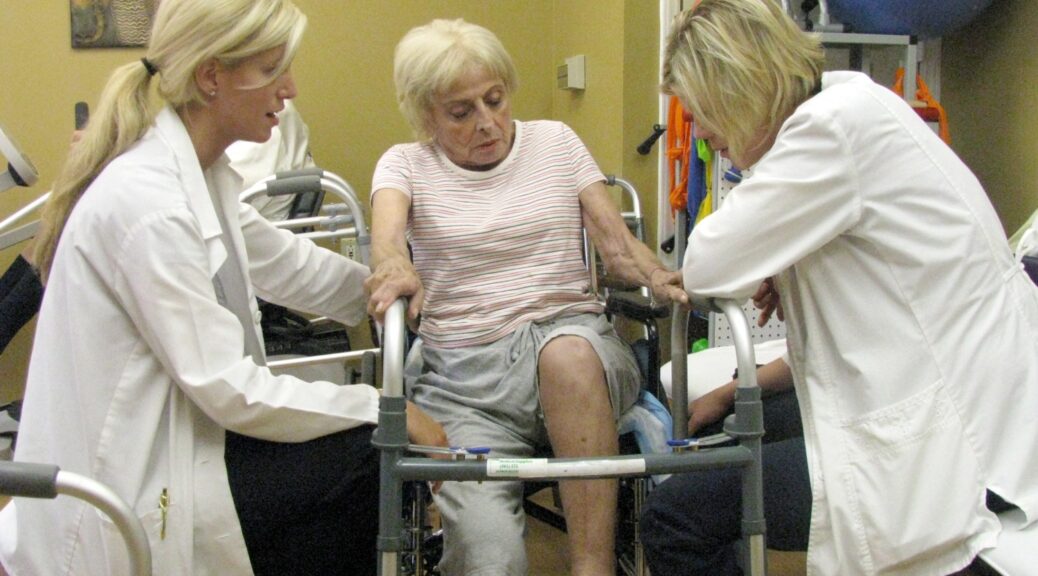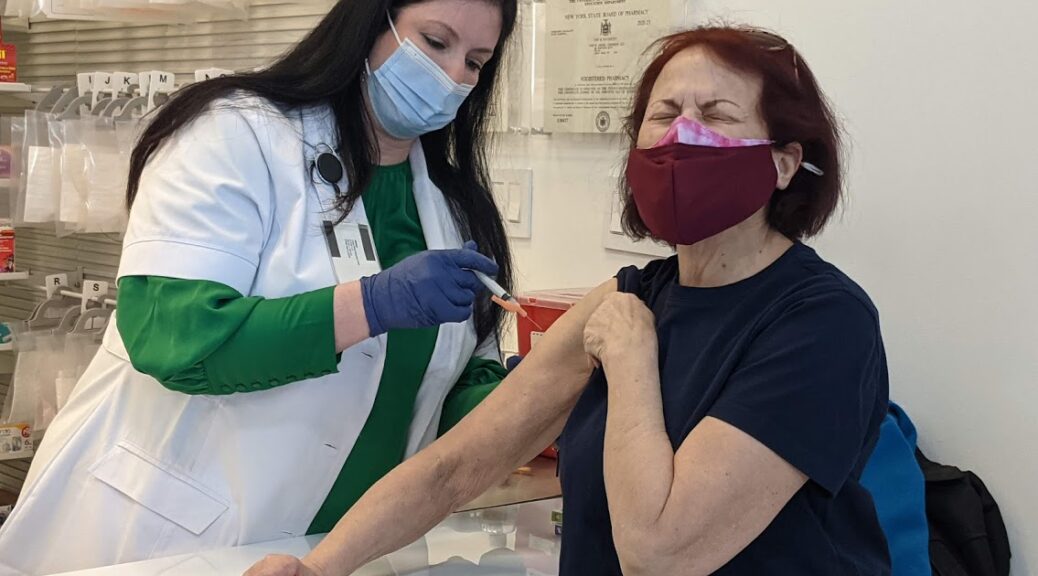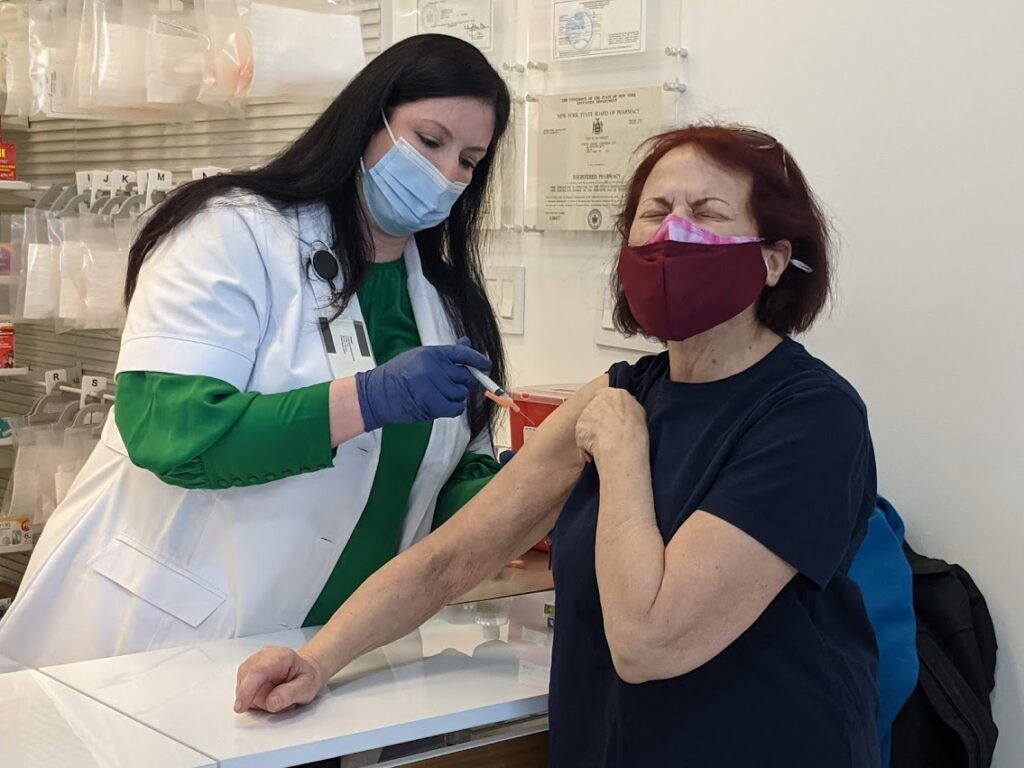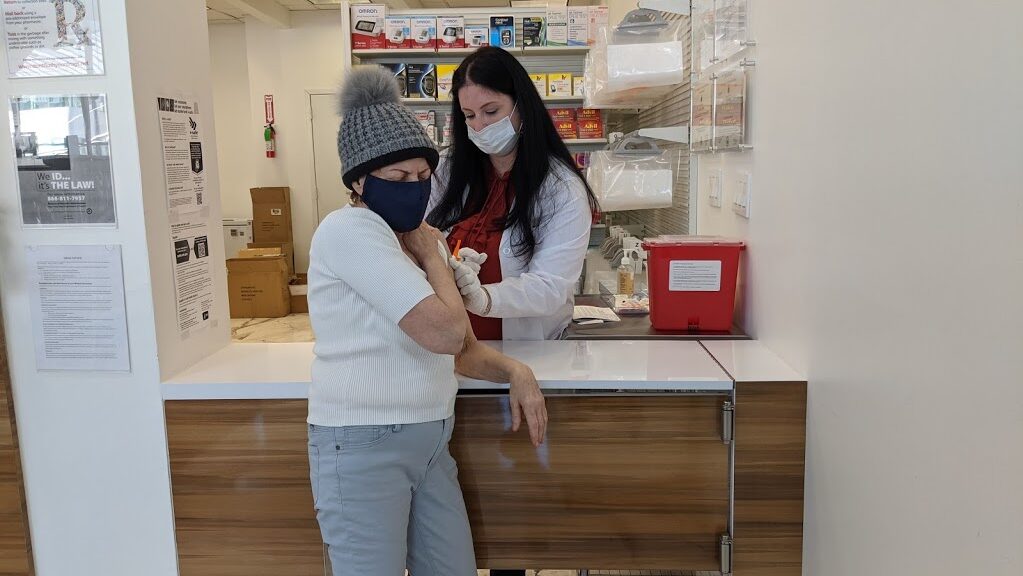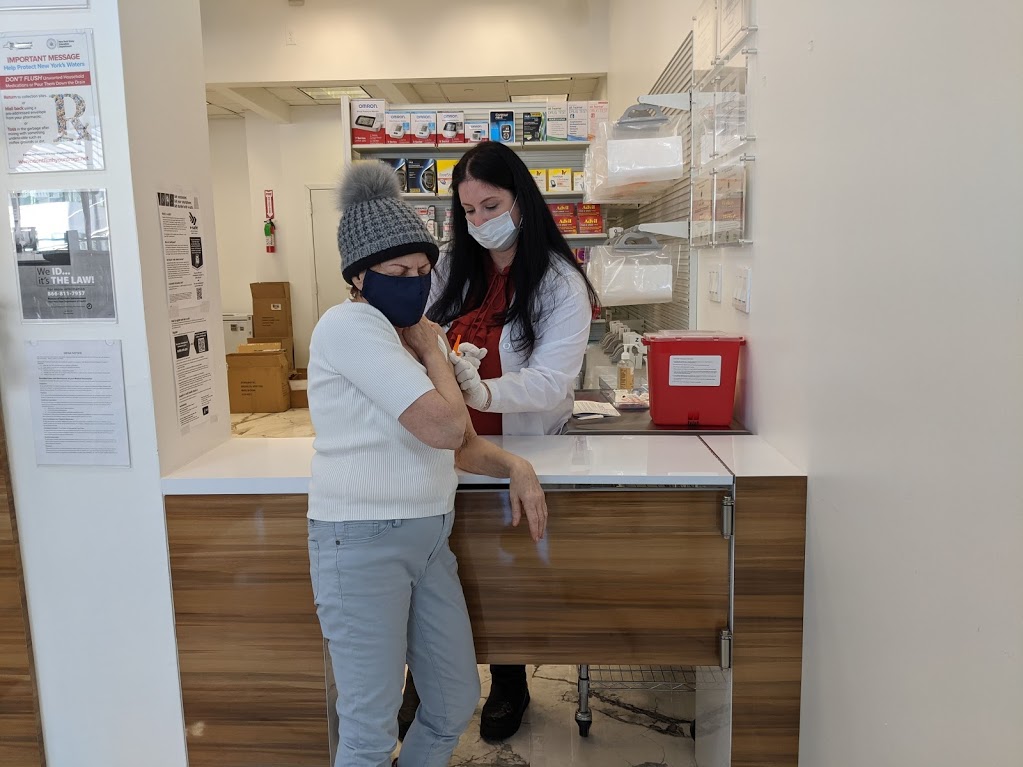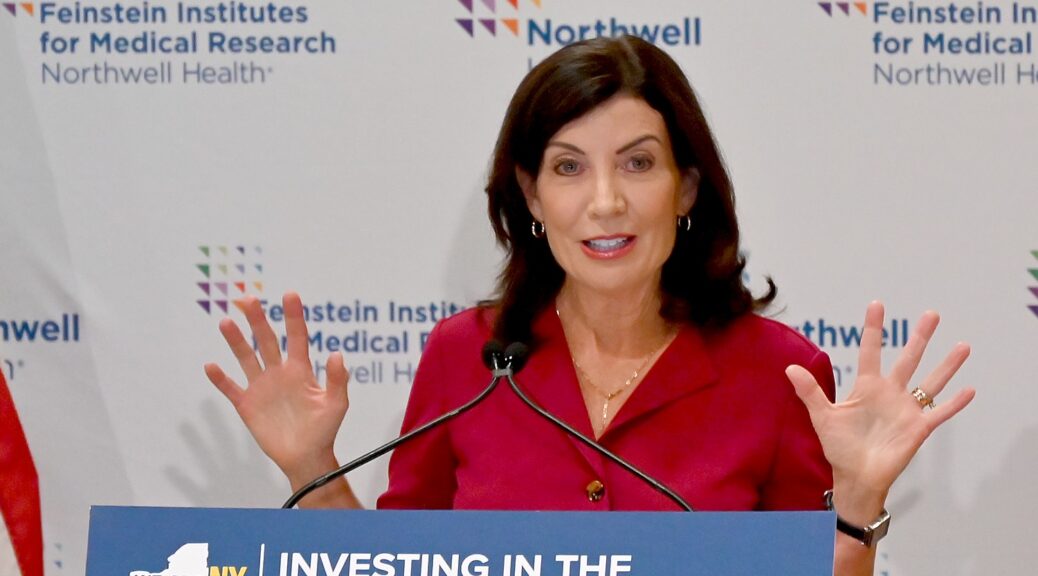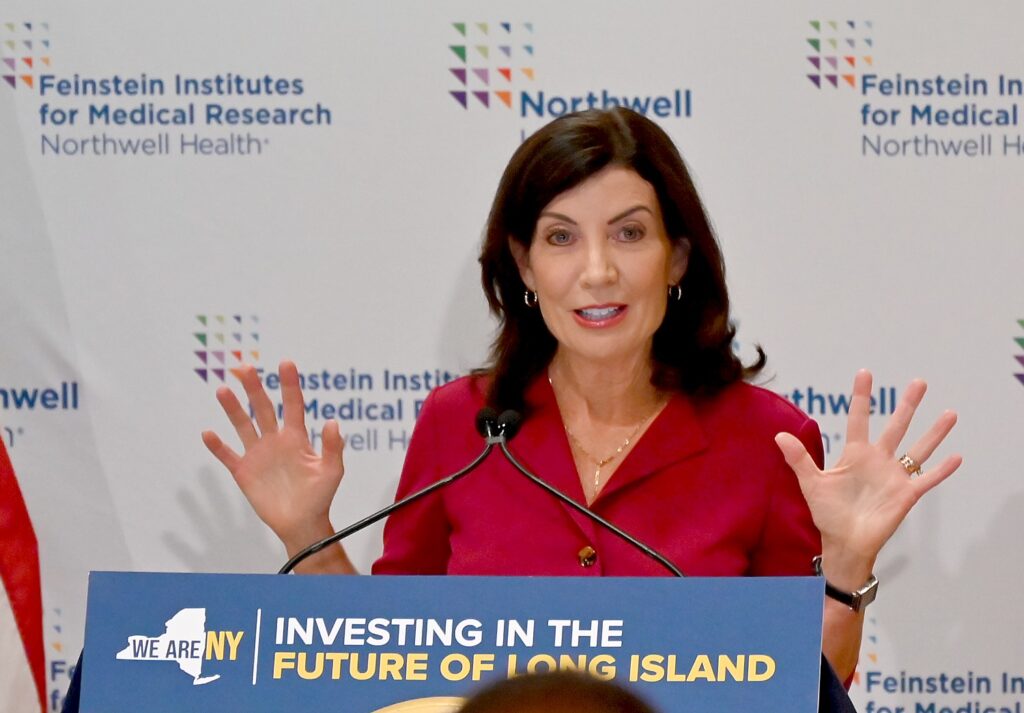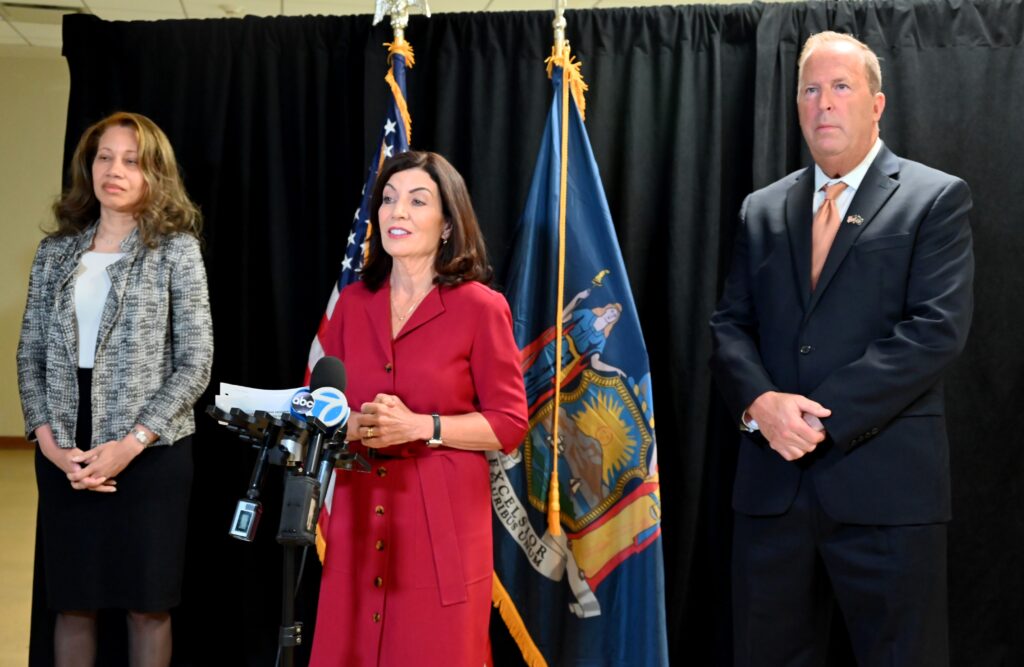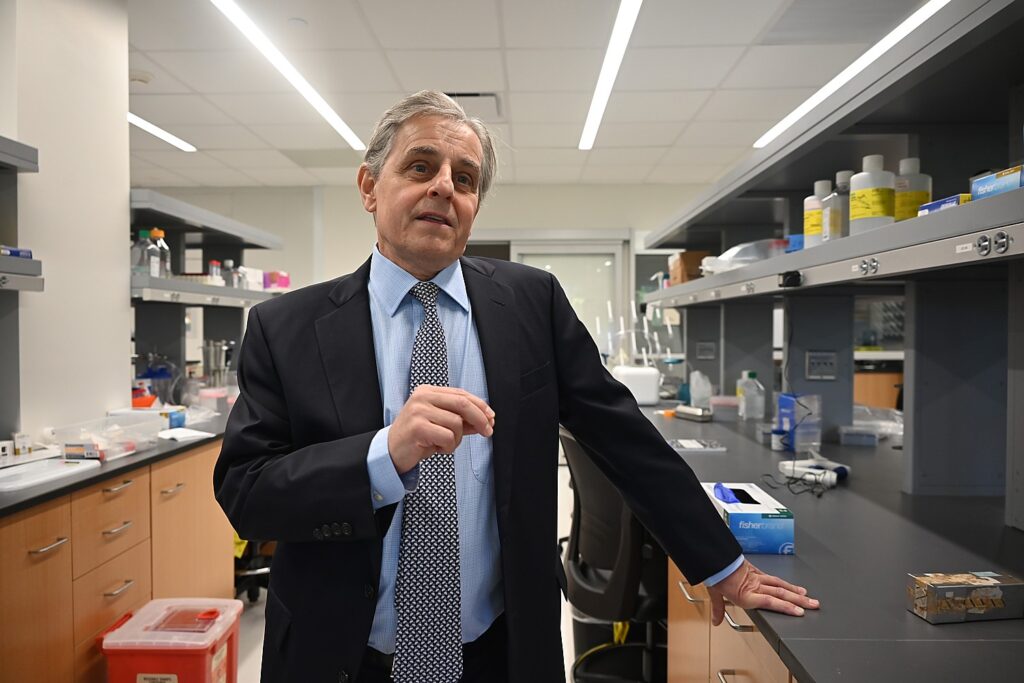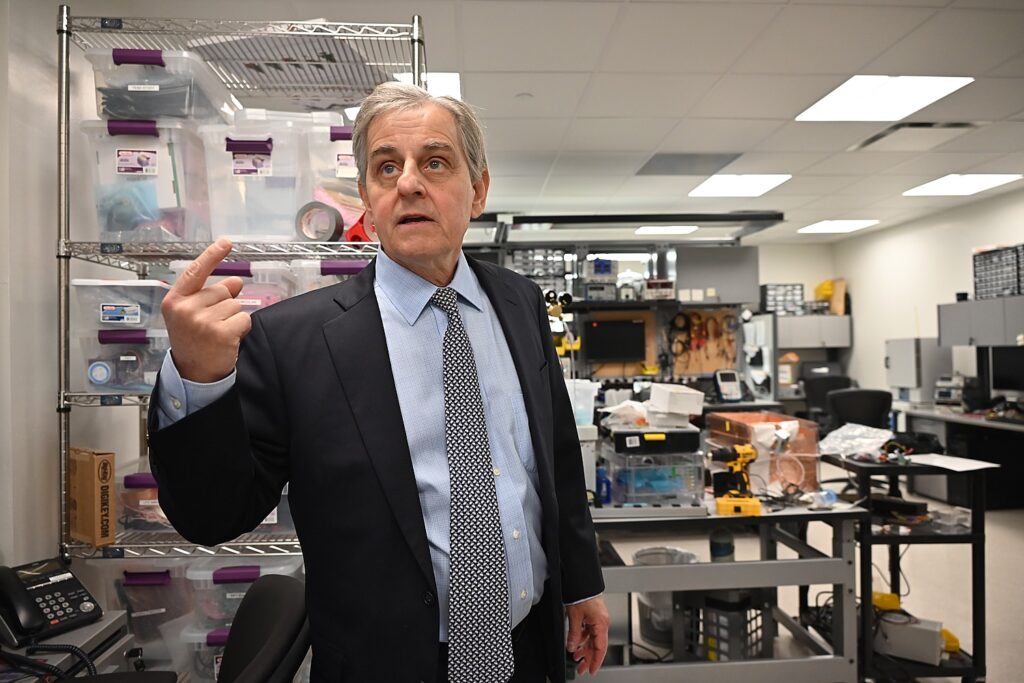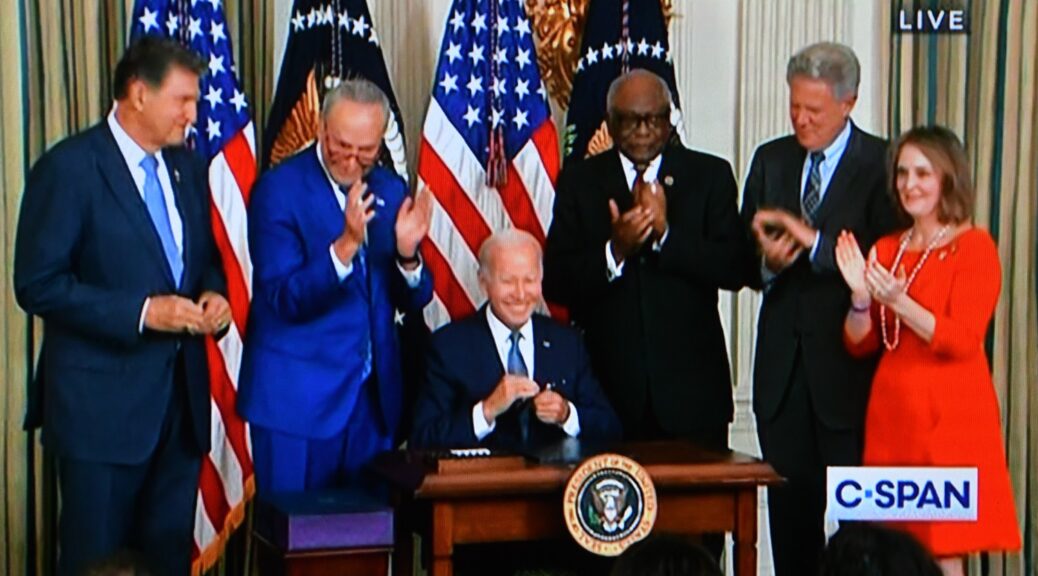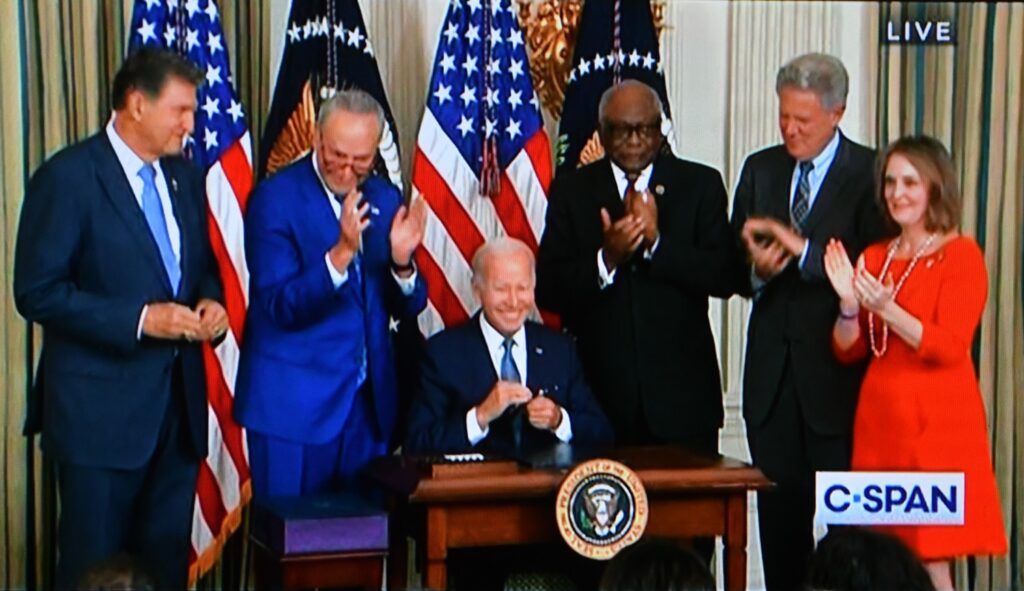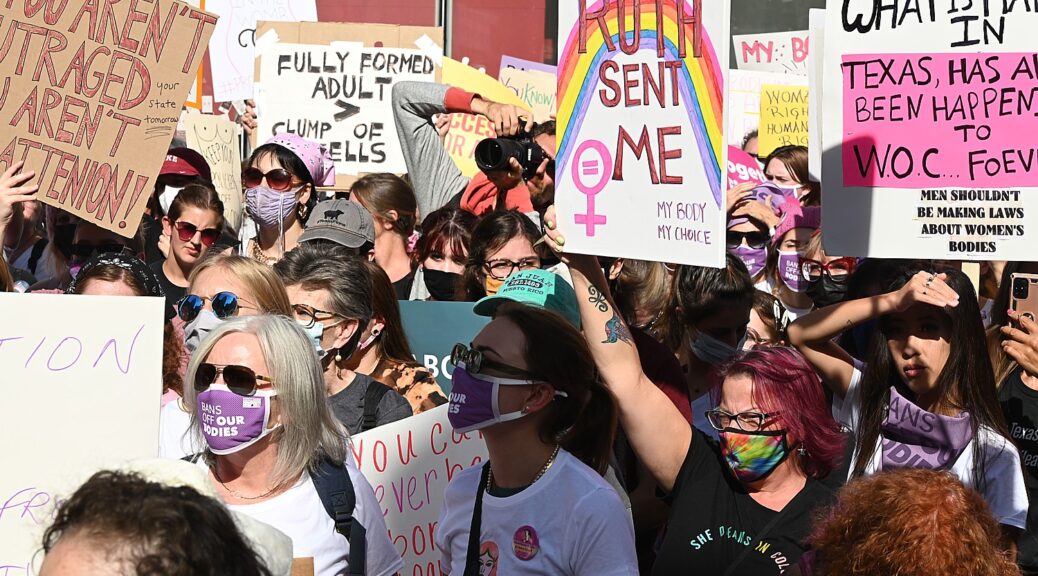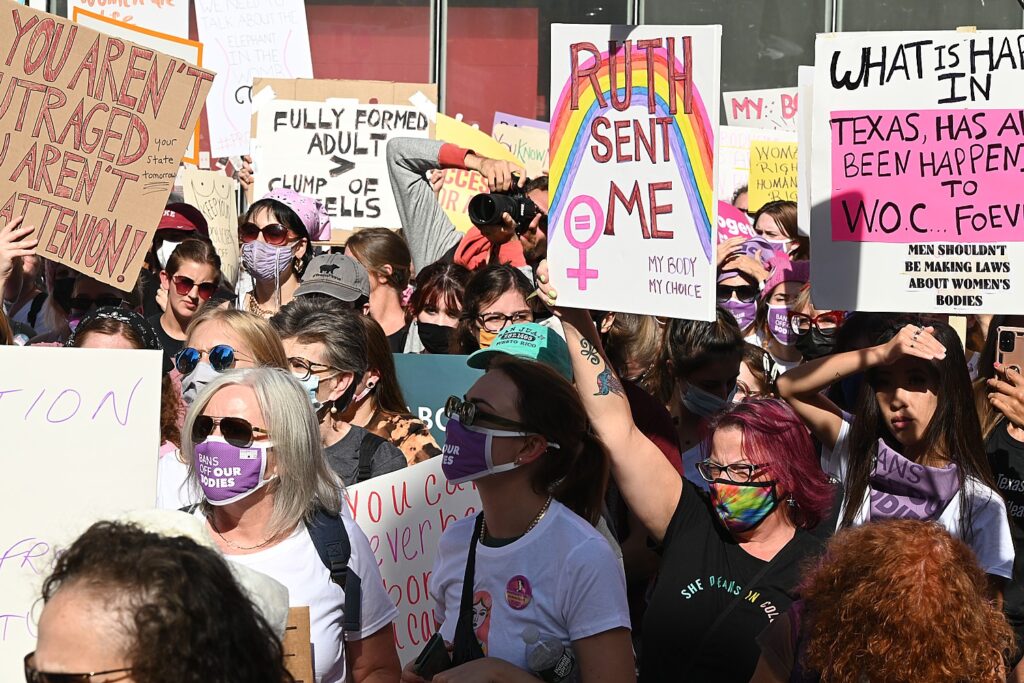
The Biden-Harris Administration is marking the upcoming 30th anniversary of the Family and Medical Leave Act (FMLA) by announcing new actions to support and advance women’s economic security. For thirty years, the FMLA has helped Americans take up to 12 weeks of unpaid leave from work when they are seriously ill or to care for a new child or a sick family member without the risk of losing their jobs. Today, President Biden is demonstrating his commitment to ensuring access to family and medical leave, by encouraging heads of Federal agencies to provide access to leave for Federal employees when they need it, including during their first year of service.
Across the country, millions of workers still face impossible choices between keeping a paycheck and caring for their family or themselves. This is especially true for women, who shoulder disproportionate caregiving responsibilities, with real consequences for their ability to participate in the labor force and support their families over the course of their lives. That’s why the Biden-Harris Administration will continue to champion and take action on national paid family and medical leave, affordable child care, and home and community-based care so that all Americans can both care for and financially support their families.
Improving Access to Leave. Today, President Biden is issuing a Presidential Memorandum to support Federal employees’ access to leave when they need to care for themselves or a loved one. The memorandum calls on heads of Federal agencies to support access to leave without pay for Federal employees, including during their first year of service, to ensure employees are able to bond with a new child, care for a family member with a serious health condition, address their own serious health condition, help manage family affairs when a family member is called to active duty, or grieve after the death of a family member. The Office of Personnel Management is further directed to provide recommendations regarding “safe leave,” to support Federal employees’ access to paid leave and leave without pay for purposes related to seeking safety and recovering from domestic violence, dating violence, sexual assault, or stalking. These may include obtaining medical treatment, seeking assistance from organizations that provide services to survivors, seeking relocation, and taking related legal action.
This Presidential Memorandum builds on other Administration efforts to improve access to and awareness of family and medical leave, including to:
- Ensure military personnel have access to 12 weeks of paid parental leave. The Department of Defense issued a memorandum expanding the Military Parental Leave Program. Active-duty service members are now eligible for 12 weeks of parental leave following the birth, adoption, or placement of a child for long-term foster care. The expanded leave erases the previous distinction between primary and secondary caregivers, enabling both parents to take time to care for their children while balancing the needs of their unit, and it is in addition to medical convalescent leave, which continues to be available for birth parents recovering from pregnancy. Additionally, service members may request to take the 12 weeks of parental leave in multiple increments of at least one week, which allows for flexibility to meet both family and mission needs.
- Support paid leave efforts in states. The Administration remains committed to working with states on opportunities to expand access to paid family and medical leave. Yesterday, the White House convened state legislators who are working to advance bills this session that would create statewide paid family and medical leave programs. These new efforts build on the 11 states and the District of Columbia that have passed paid family and medical leave laws. The Department of Labor will also release a new website with information on state paid leave laws.
- Help employees impacted by cancer know their rights under the FMLA. As the Administration marks one year since the launch of President Biden’s Cancer Moonshot, the Department of Labor issued new resources in December to help employees know their rights when diagnosed with cancer or taking on a caregiver role. These new tools included a resource page on “Workplace Protections for Individuals Impacted by Cancer,” a practical guide on “How to Talk to Your Employer about Taking Time Off,” and an easy-to-post flyer to help health care providers support FMLA leave.
Investing in Economic Security. The actions announced today build on critical steps the Biden-Harris Administration has taken recently to support economic security for women and families, including:
- Protecting the health and economic security of pregnant workers. President Biden signed into law the Pregnant Workers Fairness Act as part of the bipartisan end-of-year omnibus law, which will provide basic, long-overdue protections to ensure that millions of pregnant and postpartum workers have the right to reasonable accommodations in the workplace for pregnancy, childbirth, and related medical conditions. Under the new law, employers must make reasonable accommodations for pregnant workers and job applicants, which may include light duty, breaks, or a stool to sit on, without discriminating or retaliating against them.
- Extending protections for nursing workers. The President also signed into law the Providing Urgent Maternal Protections (PUMP) for Nursing Mothers Act, which extends break time and private space protections for nursing parents to nearly 9 million workers, including teachers, nurses, and farmworkers. These protections will empower parents to continue expressing milk at work, so they do not have to choose between their job or their infant’s health. Today, the Department of Labor’s Wage and Hour Division released an updated Fact Sheet detailing employee rights and employer responsibilities under the new law and will continue outreach and public education efforts to help pregnant and nursing workers, and their employers, know their rights.
- Increasing investments in early childhood education and child care. As part of the end-of-year omnibus, the Administration secured a 30 percent increase in funding for the Child Care and Development Block Grant, which could help up to 130,000 more families afford child care and access better child care options. The new law also made significant investments in programs such as Head Start and the Preschool Development Grant – Birth through Five that help young children and their families access quality, affordable early care and education. Greater availability and affordability of high-quality early care and education will help women with young children to enter and stay in the workforce.
- Supporting women’s right to be safe in the workplace and free from sexual harassment and assault. In December, the President signed the Speak Out Act, which will enable survivors to speak out about workplace assault and harassment by prohibiting the enforcement of pre-dispute nondisclosure and non-disparagement clauses regarding allegations of sexual harassment or assault. Earlier last year, the President also signed into law the Ending Forced Arbitration of Sexual Assault and Sexual Harassment Act of 2021, which amended the Federal Arbitration Act and allows employees who sign pre-dispute mandatory arbitration agreements with their employers to pursue claims of sexual harassment or assault in court.
Meanwhile,on what would have been the 50th anniversary of the Supreme Court’s decision in Roe v. Wade, President Biden issued a Presidential Memorandum on Further Efforts to Protect Access to Reproductive Healthcare Services. Vice President Harris announced the Presidential Memorandum in Florida later today, where she will speak about the next steps in the fight for reproductive rights and reinforce the Biden-Harris Administration’s commitment to protecting access to abortion, including medication abortion.
Since the day of the Supreme Court’s decision in Dobbs v. Jackson Women’s Health Organization, President Biden has emphasized the need to protect access to mifepristone, a drug used in medication abortion that has been approved by the Food and Drug Administration (FDA) for over 20 years and accounts for the majority of all abortions in the United States.
Earlier this month, the FDA took evidence-based action to support safe access to mifepristone by allowing the continued use of telehealth to prescribe the medication and creating a new option for certified pharmacies to dispense it to patients.
Some state officials have taken steps to try to prevent women from legally accessing medication abortion and to discourage pharmacies from becoming certified by the FDA.
Today, President Biden will sign a Presidential Memorandum to further protect access to medication abortion.
In the face of barriers to medication abortion and concerns about the safety of patients, healthcare providers, and pharmacists, today’s Presidential Memorandum announces actions to:
- Protect Legal Access to Medication Abortion. The Presidential Memorandum directs the Secretary of Health and Human Services (HHS), in consultation with the Attorney General and the Secretary of Homeland Security (DHS), to consider new guidance to support patients, providers, and pharmacies who wish to legally access, prescribe, or provide mifepristone—no matter where they live.
- Safeguard Patient Safety and Security. To ensure that patients understand their right to access reproductive healthcare despite roadblocks, the Presidential Memorandum directs the Secretary of HHS, in consultation with the Attorney General and the Secretary of DHS, to consider new actions to ensure that patients can access legal reproductive care, including medication abortion from a pharmacy, free from threats or violence. The President has long made clear that people should have access to reproductive care free from harassment, threats, or violence. Pharmacies should be treated no differently.
The Attorney General and the Secretaries of HHS and DHS also provided recommendations to the White House Interagency Task Force on Reproductive Healthcare Access, which was established by President Biden in Executive Order 14076, on additional ways to address barriers faced by patients, providers, and pharmacies in safely and legally accessing or providing medication abortion, consistent with evidence-based requirements set by the FDA.




